
With a focus on clarity, accessibility and speed, the identity for Oak National Academy visually unifies the UK government-backed open resource for teaching during lockdown.
from It's Nice That https://ift.tt/2Ks0FYx

With a focus on clarity, accessibility and speed, the identity for Oak National Academy visually unifies the UK government-backed open resource for teaching during lockdown.

Circling between animation, illustration and fine art, the LA-based creative talks us through his evocative practice.
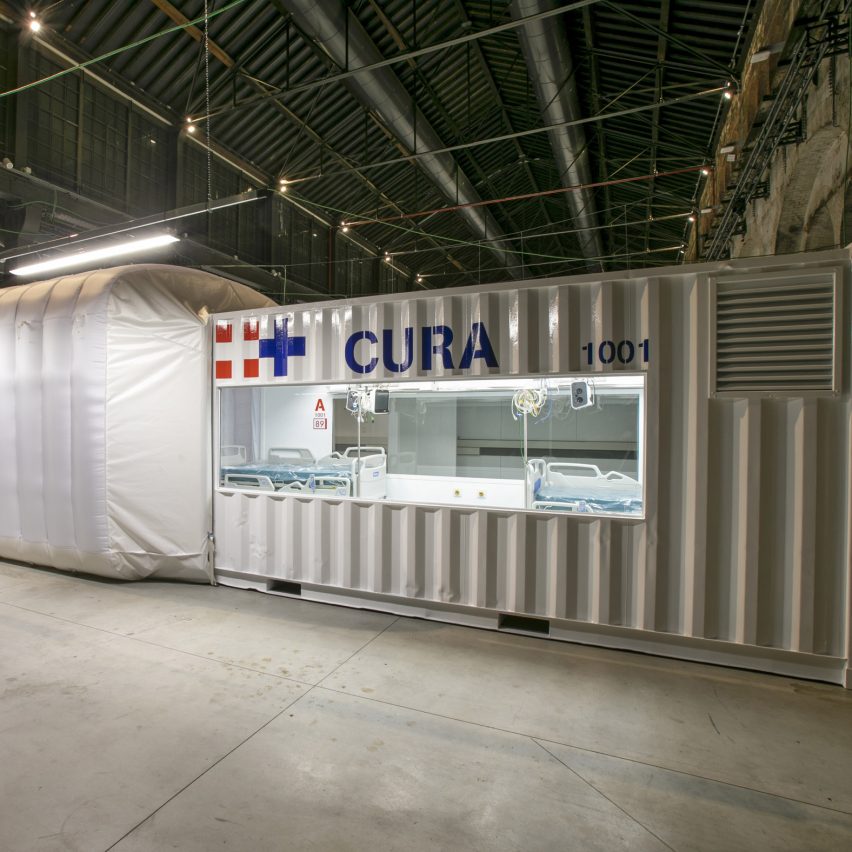
A two-bed intensive care unit within a shipping container, designed by Italian architects Carlo Ratti and Italo Rota, has been built at a hospital in Turin and is being used to treat patients fighting the coronavirus.
Named Connected Units for Respiratory Ailments (CURA), the intensive care pod was designed by Carlo Ratti Associati and Rota to increase intensive care unit (ICU) capacity in northern Italy.
The pod, which contains two beds, has been installed at a temporary hospital built within the Officine Grandi Riparazioni complex in central Turin. The first patient was admitted earlier this week on 19 April.
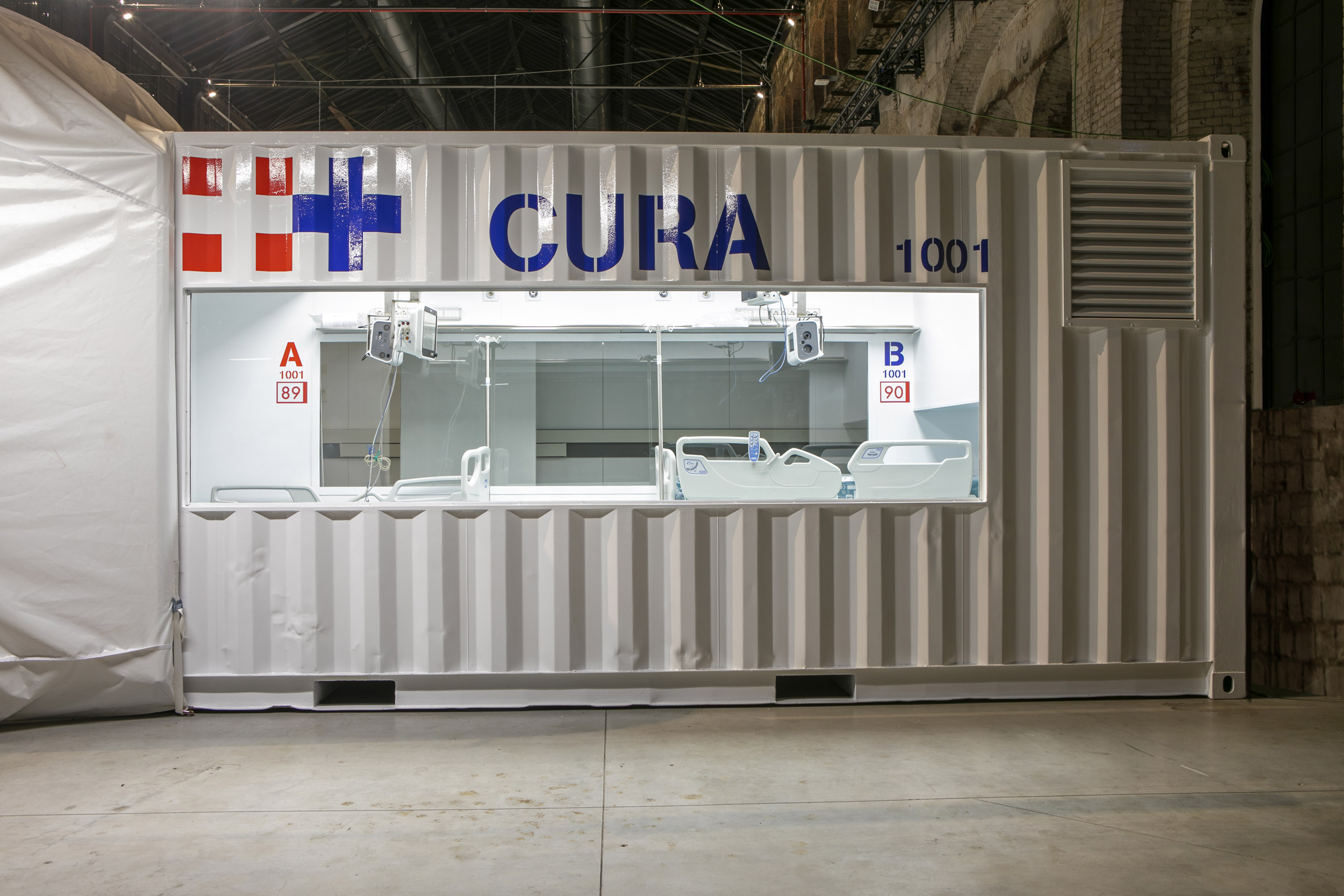
Built within a 6.1-metre-long shipping container, the intensive care pod contains beds and facilities – including ventilators, monitors, intravenous fluid stands and syringe drivers – for two patients.
"From a design point of view, containers have constraints: their dimensions cannot be changed," Ratti told Dezeen. "So CURA has required quite a bit of work to make sure that everything would fit inside them and that doctors would be comfortable with intubating patients inside it."
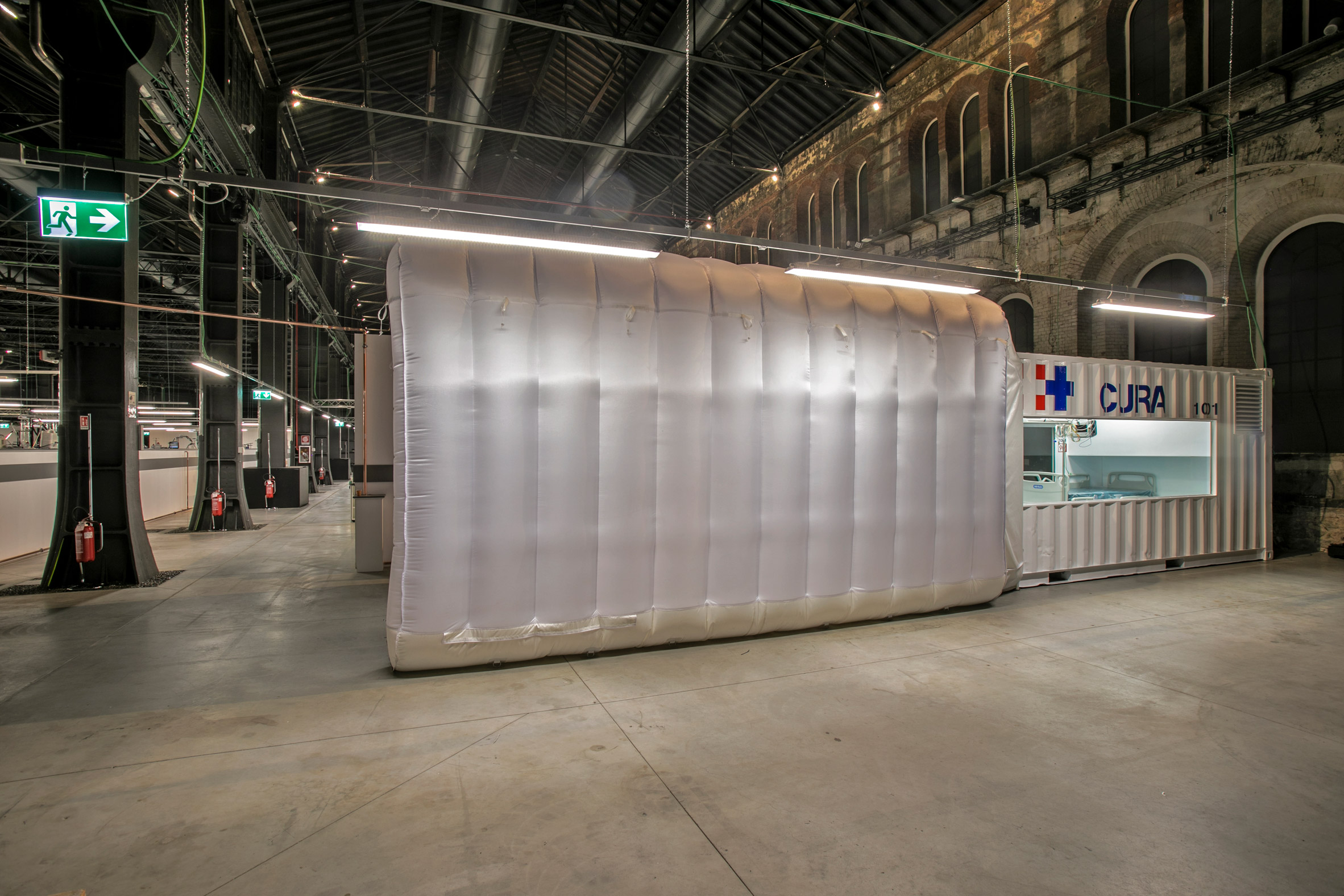
Ratti believes that the shipping-container pods combine the benefits of quickly assembled hospital tents with the safety of permanent isolation wards, which have ventilation systems that generate negative pressure.
"A standard hospital for infectious diseases needs special air treatment systems," explained Ratti.
"According to Chinese Covid-19 guidelines, it should guarantee at least 12 air changes per hour, sanitise exhausts with an ozone filter or an absolute filter and make sure that there is negative pressure inside each room, so that the virus cannot leak – negative pressure allows so-called 'bio-containment'," he continued.
"Such conditions are almost impossible to achieve in most tents or makeshift hospitals, which end up putting the lives of healthcare professionals at risk," he added.
"Using shipping containers, each with its own air treatment and filtering system, it is possible to make CURA pods as fast to mount as a tent hospital, but as safe to operate as a proper infectious disease ward."
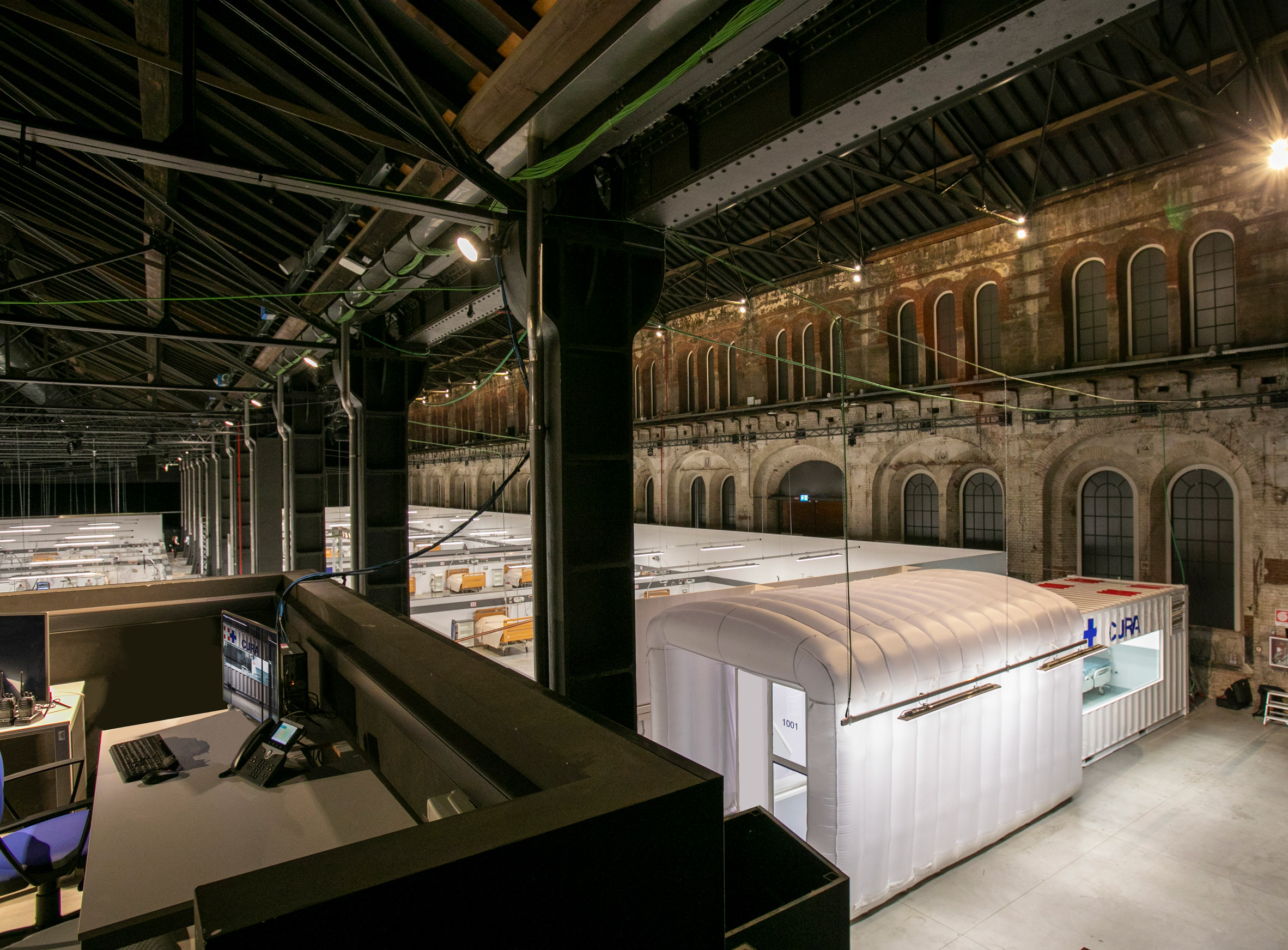
Ratti thinks that shipping containers have several further advantages over other prefabricated structures, as they can be moved to areas most impacted by the pandemic and require little set-up time.
"We have seen that Covid-19 infections move in waves," he said. "First Wuhan, then Milan, Madrid, New York have been the background of a shifting battleground."
"Shipping containers can be moved from city to city and installed faster than any other prefabricated structure," he continued. "CURA pods come already furnished with all medical equipment – beds, monitors, ventilators, gases, vacuum, etc. – and can be deployed and moved in a matter of hours.
"Even the most streamlined prefabricated hospital requires a few days of installation and testing before being fully functional."
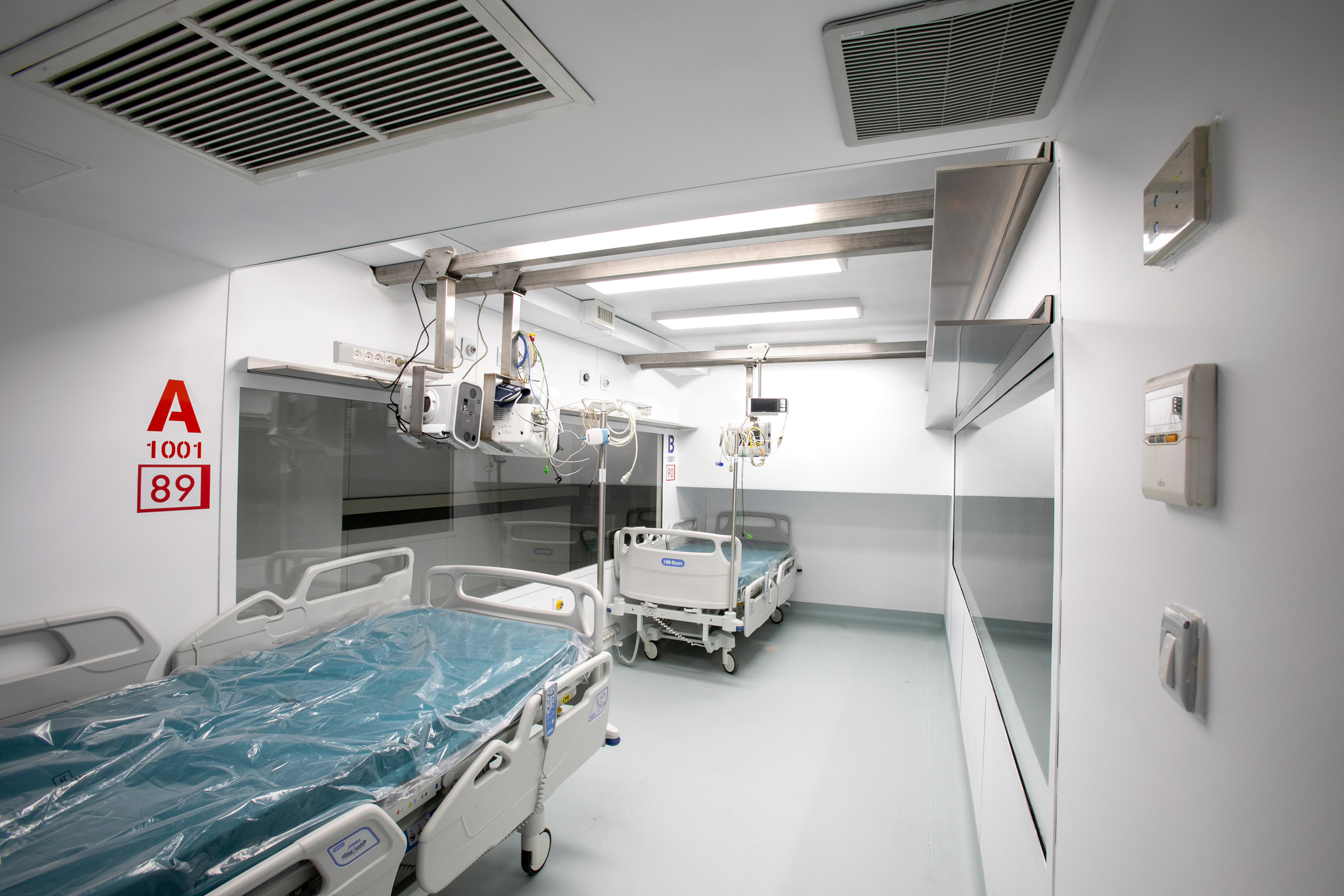
The CURA pods are designed to work as single units or combined with inflatable tunnels to create larger field hospitals. At the temporary Officine Grandi Riparazioni hospital, the unit is being used as a stand-alone intensive care ward.
"The site in Turin is a large, temporary hospital aimed primarily at patients who need sub-intensive care," said Ratti. "However, the conditions of Covid-19 patients can quickly degenerate – that's where CURA pods can provide intensive care."
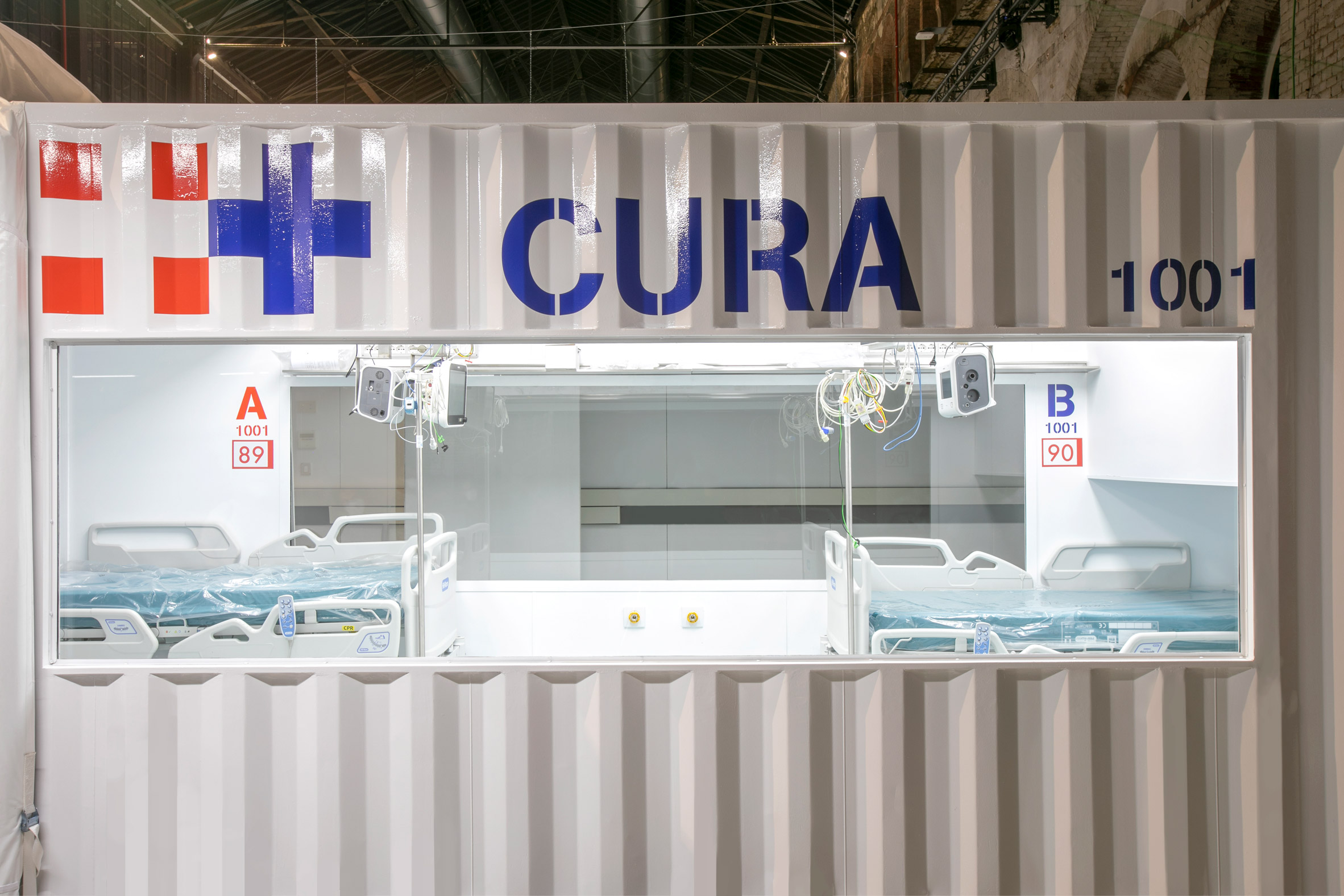
Two glass windows have been cut into the sides of the containers, which could potentially allow visitors to see their relatives while they are in intensive care.
"Two windows carved on the opposite sides of the shipping containers are meant for doctors to always get a sense of the status of patients both from inside and outside the pods," explained Ratti.
"In general the windows also allow visual contact between patients and their families, without the latter being exposed to the virus – one of the tragedies of Covid-19 has been the large number of 'lonely deaths'."
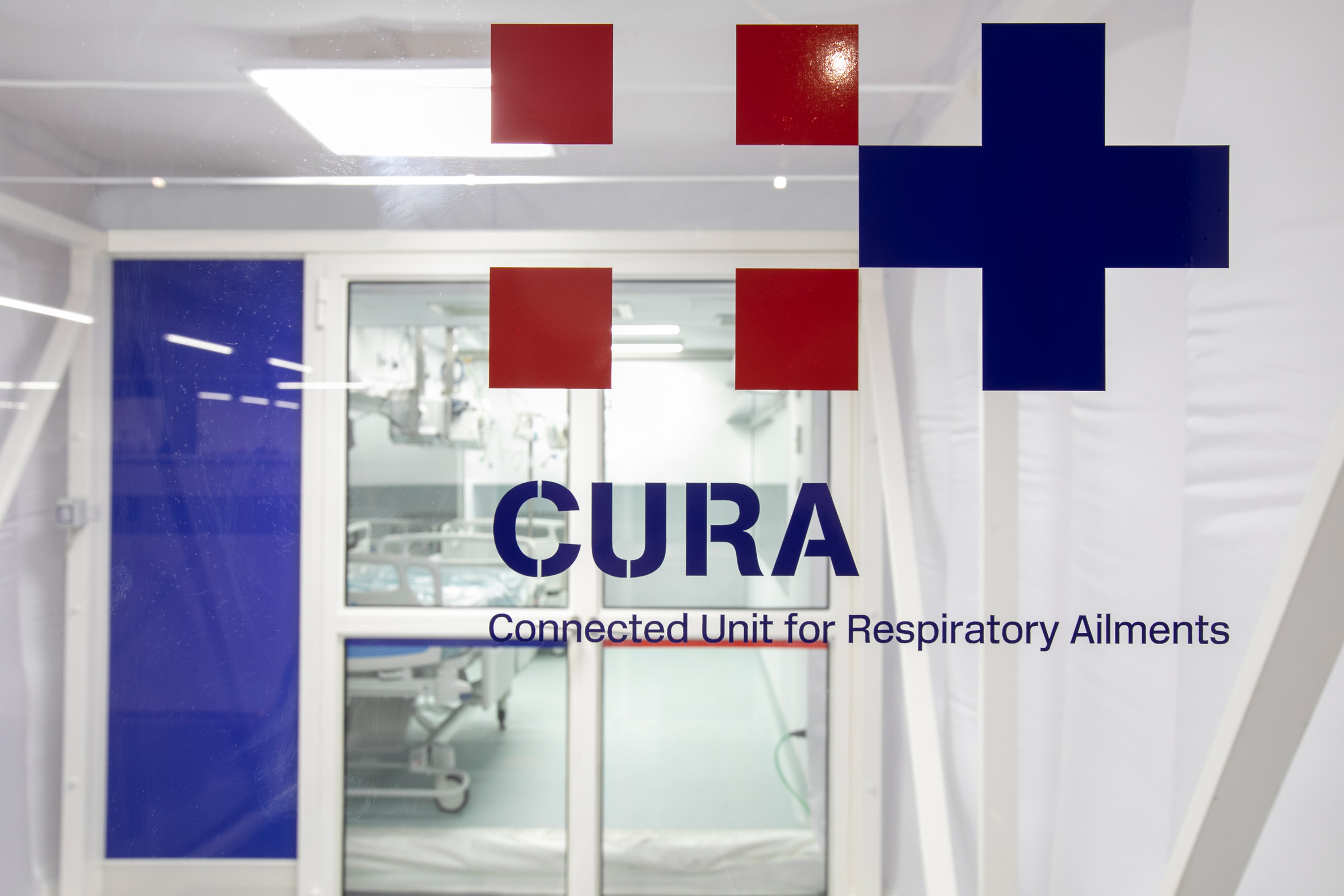
The pod in Turin is the first CURA pod to be built, but further units are already under construction in other parts of the world including the the USA, UAE and Canada. Ratti believes that the CURA template could be used across the world to increase intensive care capacity.
"Hospitals all over the world have been struggling to increase their ICU capacity to admit a growing number of patients suffering from severe respiratory diseases and needing ventilation," explained Ratti.
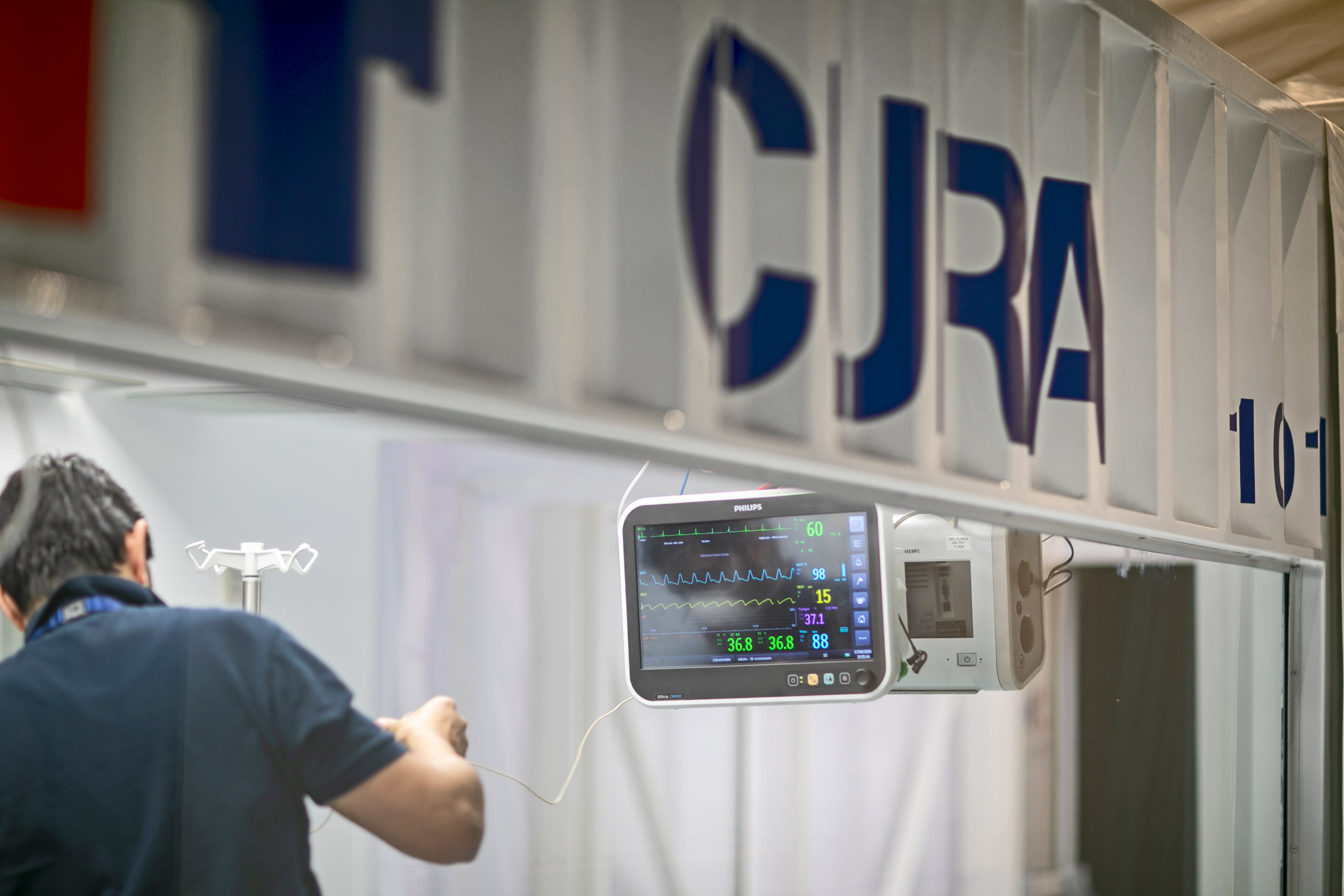
"Need is projected to continue in the next weeks or months, especially in the Global South. CURA provides an easy-to-install ICU extension for existing hospitals," continued Ratti.
"Shipping containers have been standardised and can be quickly moved all over the world by land, sea or air – CURA leverages the global logistics network for ICUs. Once on site, each container requires less than an hour of installation time as everything is already mounted inside it – it is only a matter of unloading it, powering it and connecting it to the vacuum and gases."
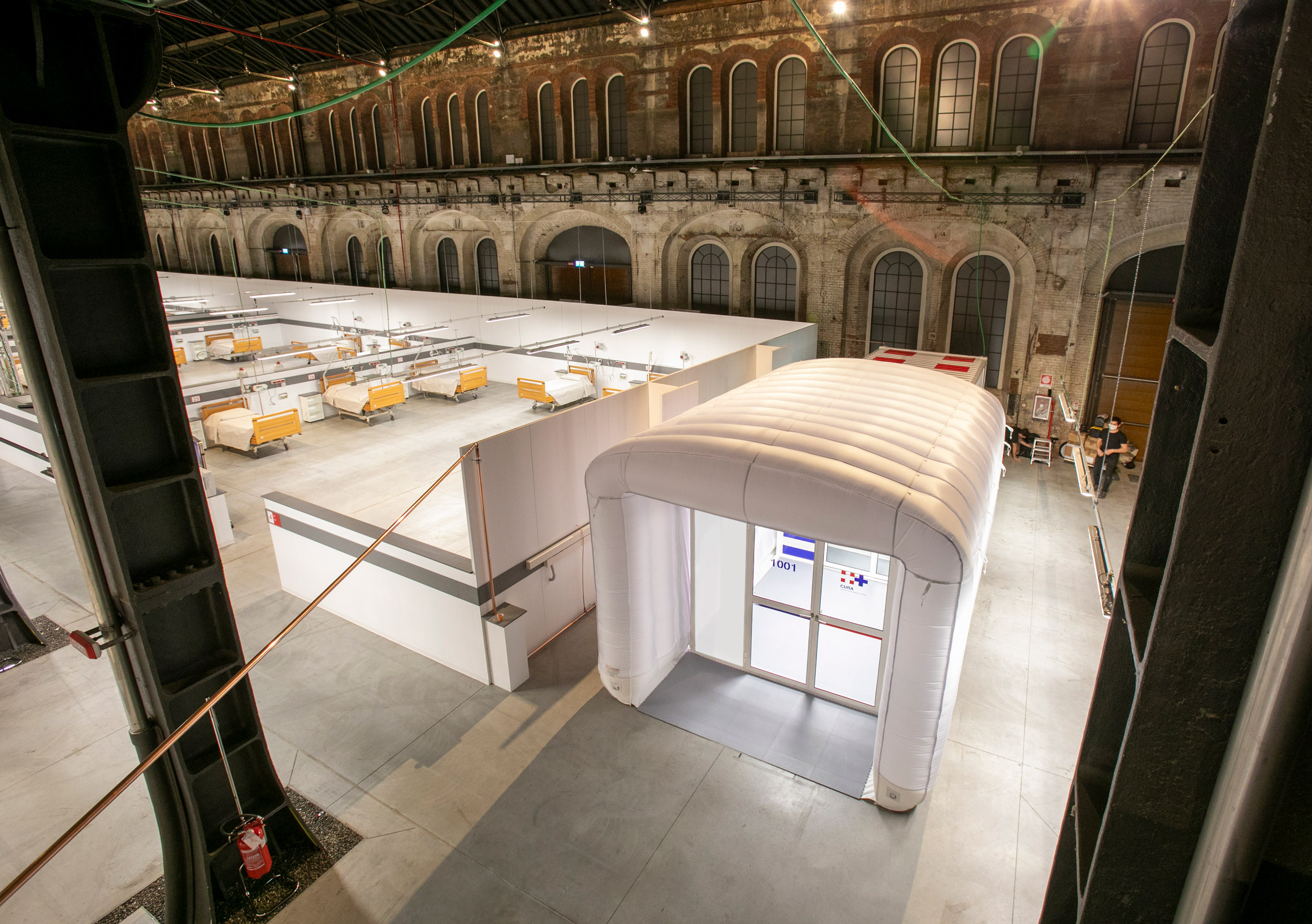
CURA is an open-source project, with all of the technical specifications and drawings available online. Designers around the world have already begun adapting the design to create intensive care units.
"In less than three weeks we received inquiries from hundreds of organisations and professionals from all over the world," said Ratti.
"CURA has developed as an open-source initiative. It is great to see that there are different teams improving the design in parallel. Some of them have already started building their own units – including in Canada, the USA, the UAE and other countries," continued Ratti.
"The virus is code that replicates itself and attacks us. Our best response is to develop our own code – in the case of CURA, the code of open-source design – and to let it multiply to fight back. This is not the time for patents or copyrights in design."
Architects and designers have been helping to combat the coronavirus pandemic in numerous ways including designing face shields and flat-pack intensive care units. Keep up with developments by following Dezeen's coverage of the coronavirus outbreak.
Photography is by Max Tomasinelli.
Project credits:
Design and innovation: CRA-Carlo Ratti Associati with Italo Rota
Medical engineering: Humanitas Research Hospital
Medical consultancy: Policlinico di Milano
Master planning, design, construction and logistics support services: Jacobs
Research: MIT Senseable City Lab
Visual identity & graphic design: Studio FM milano
Digital media: Squint/Opera
Safety and certifications: IEC Engineering
Logistics: Alex Neame of Team Rubicon UK
MEP engineering: Ivan Pavanello of Projema
Medical consultancy: Maurizio Lanfranco of Ospedale Cottolengo
Medical equipment supply: Philips
Painting products: Gruppo Boero
Support: World Economic Forum Covid-19 Action Platform, and Cities, Infrastructure and Urban Services Platform
The post Shipping-container intensive care unit installed at Turin hospital appeared first on Dezeen.
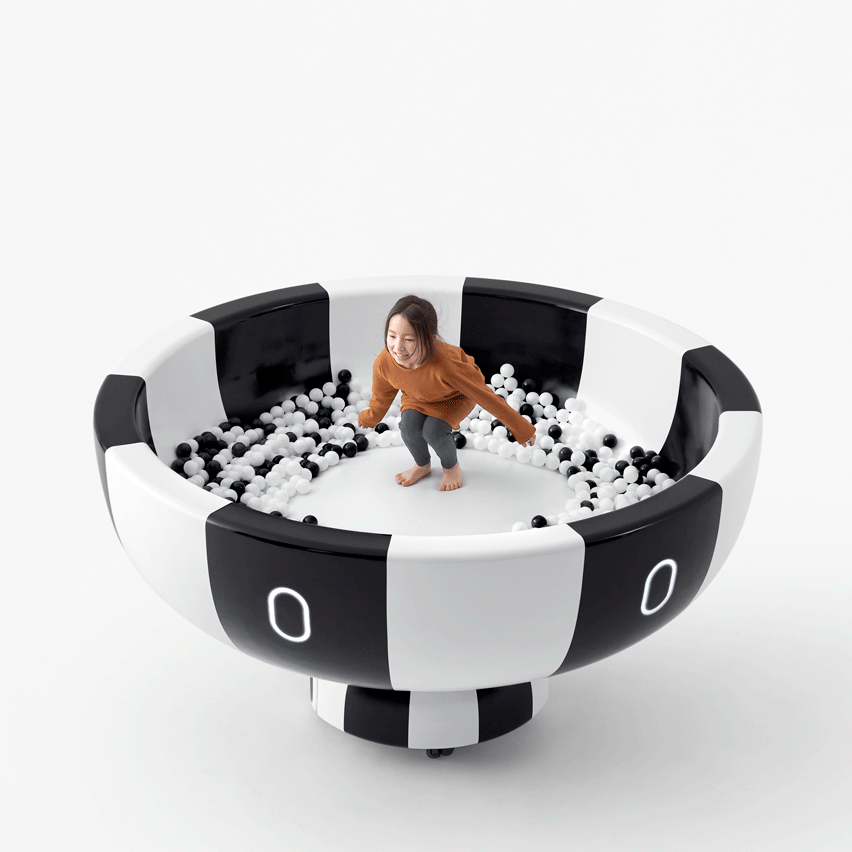
Coen Car is a concept design by Nendo that envisions children playing with a fleet of autonomous vehicles that function as pieces of mobile and interactive playground equipment.
Created for Tokyo-based tech company DeNA, the Coen Car concept comprises six different mobile designs based on basic motions used during playground activities: climb, spin, swing, slide, rest and jump.
Curved edges and blinking eyes made from rows of flashing LEDs give the black and white-striped vehicle a friendly appearance.
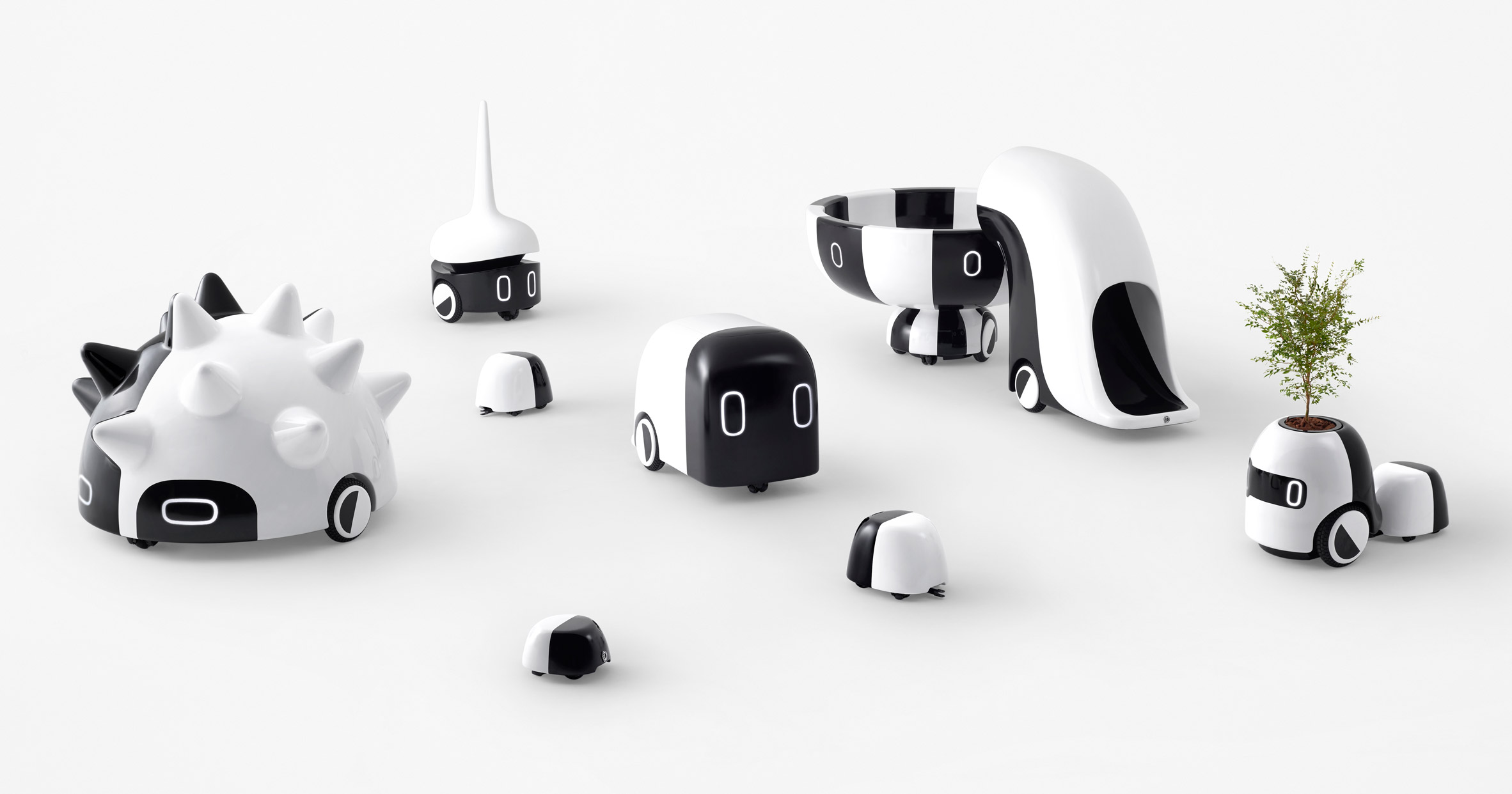
Named after the Japanese word for park, the play cars would autonomously travel around parks or kindergarten areas, transporting children as they play.
Nendo envisions the vehicles driving from place to place in a line "like circus cars on the road".
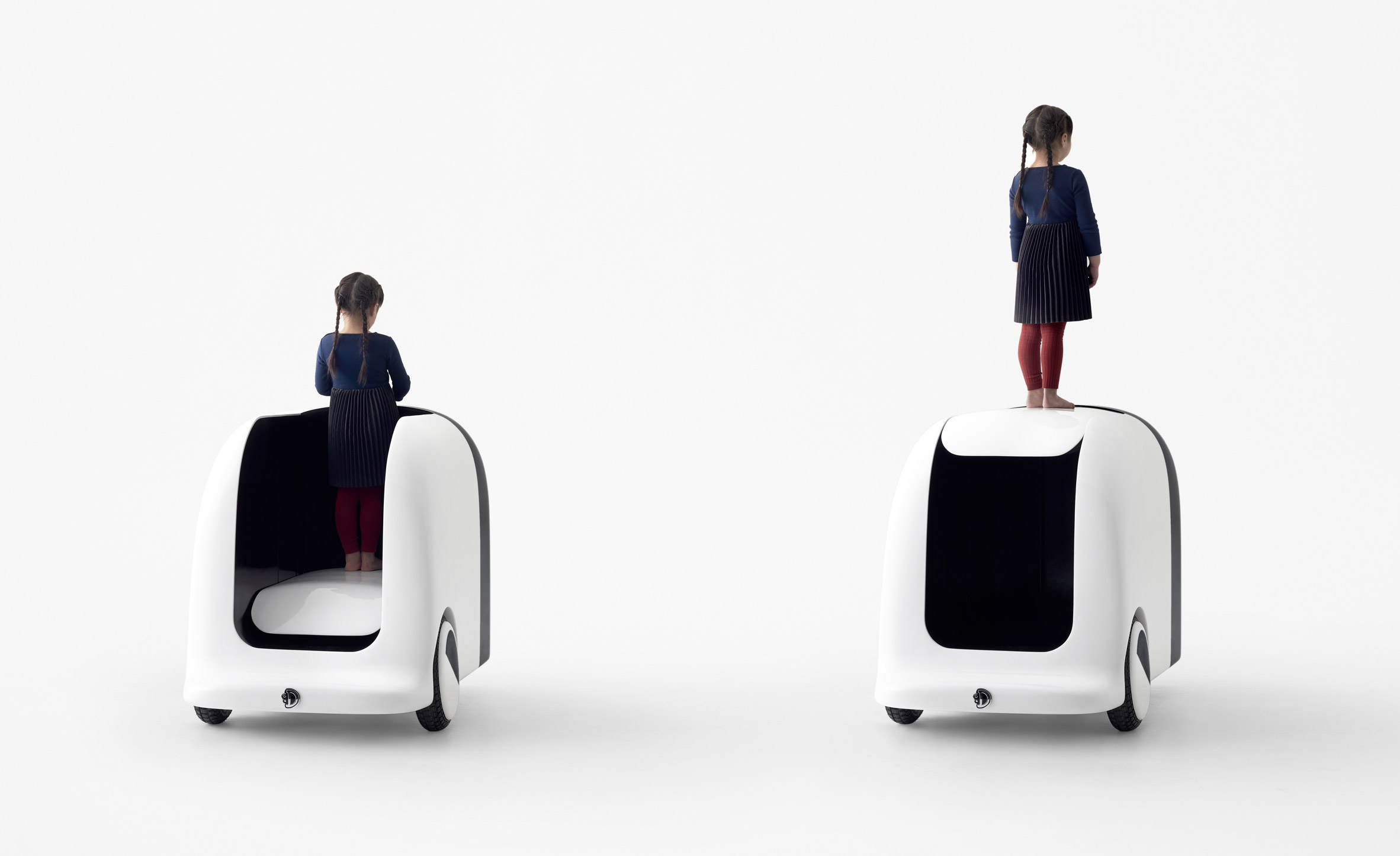
The first design, called Agaru, features a trolley-like structure that allows the child to stand inside while being driven around.
A section of mobile floor would move up and down to raise the child up to a higher position so they can access another activity.
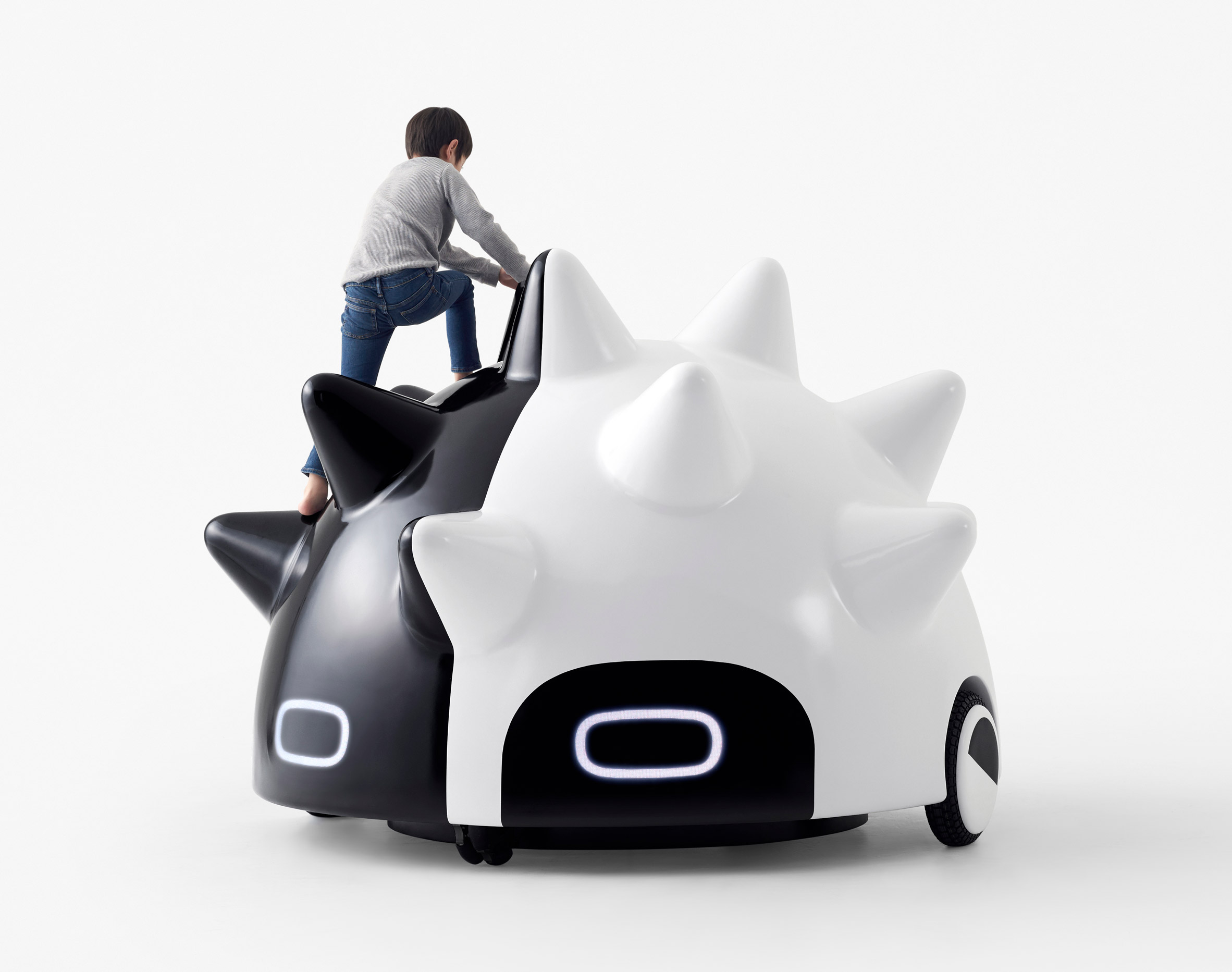
The Mawaru apparatus features a semi-circular design with soft spikes dotted across its surface, resembling a cartoon hedgehog. Children can use these spikes to climb on and over the piece of equipment.
The Yureru operates an "unsteady sideway motion" similar to how children would play on monkey bars and swings. It has one long spike that the child can hold on to as it sways back and forth.
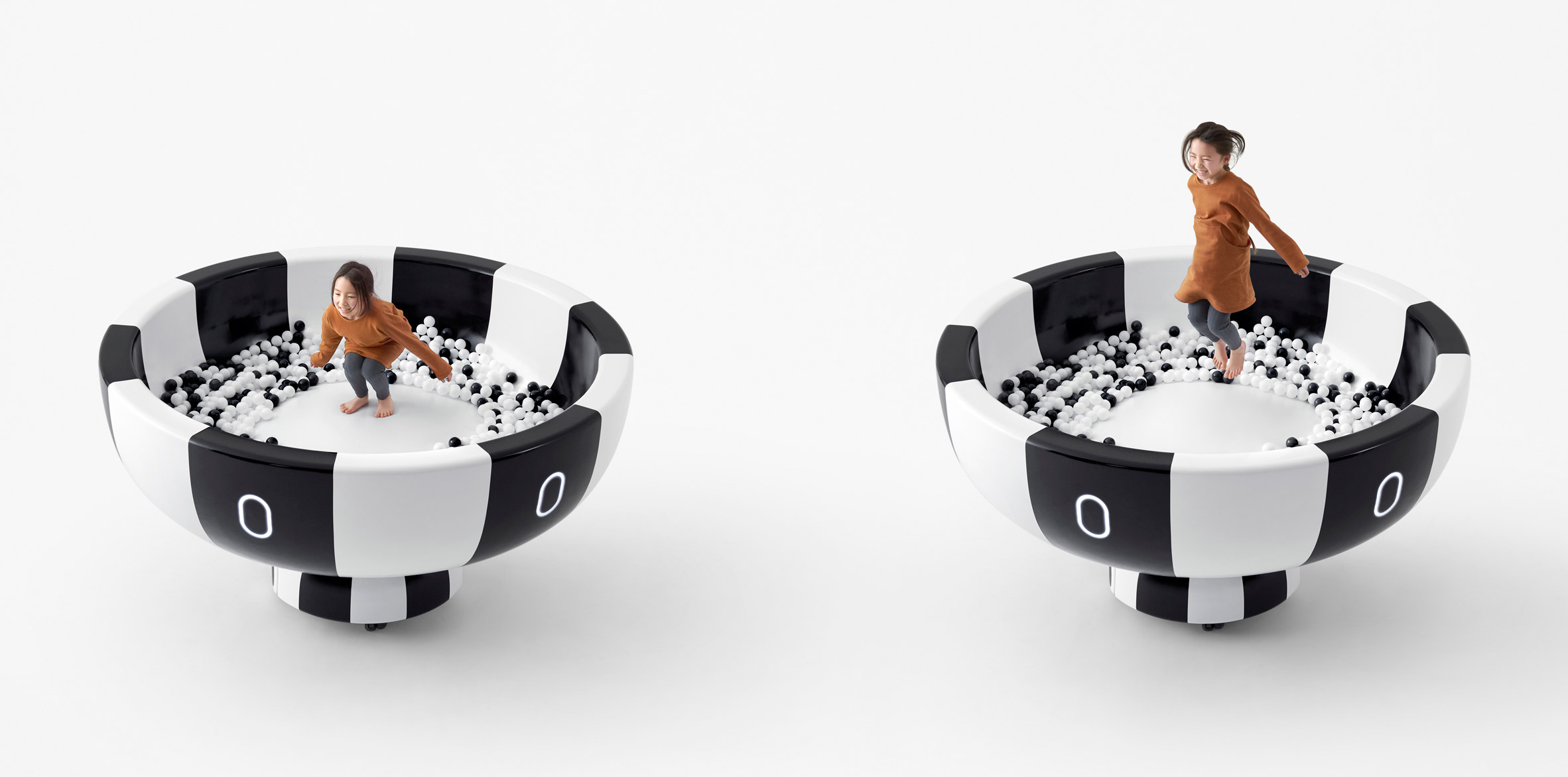
The tubular Suberu design functions like a slide, while the bowl-like Haneru apparatus can be used like a trampoline or a soft ball pit.
The final object, Yasumu, is designed to encourage breaks from activity. A row of interconnected pods form a train, with the leading pod filled with a potted plant.
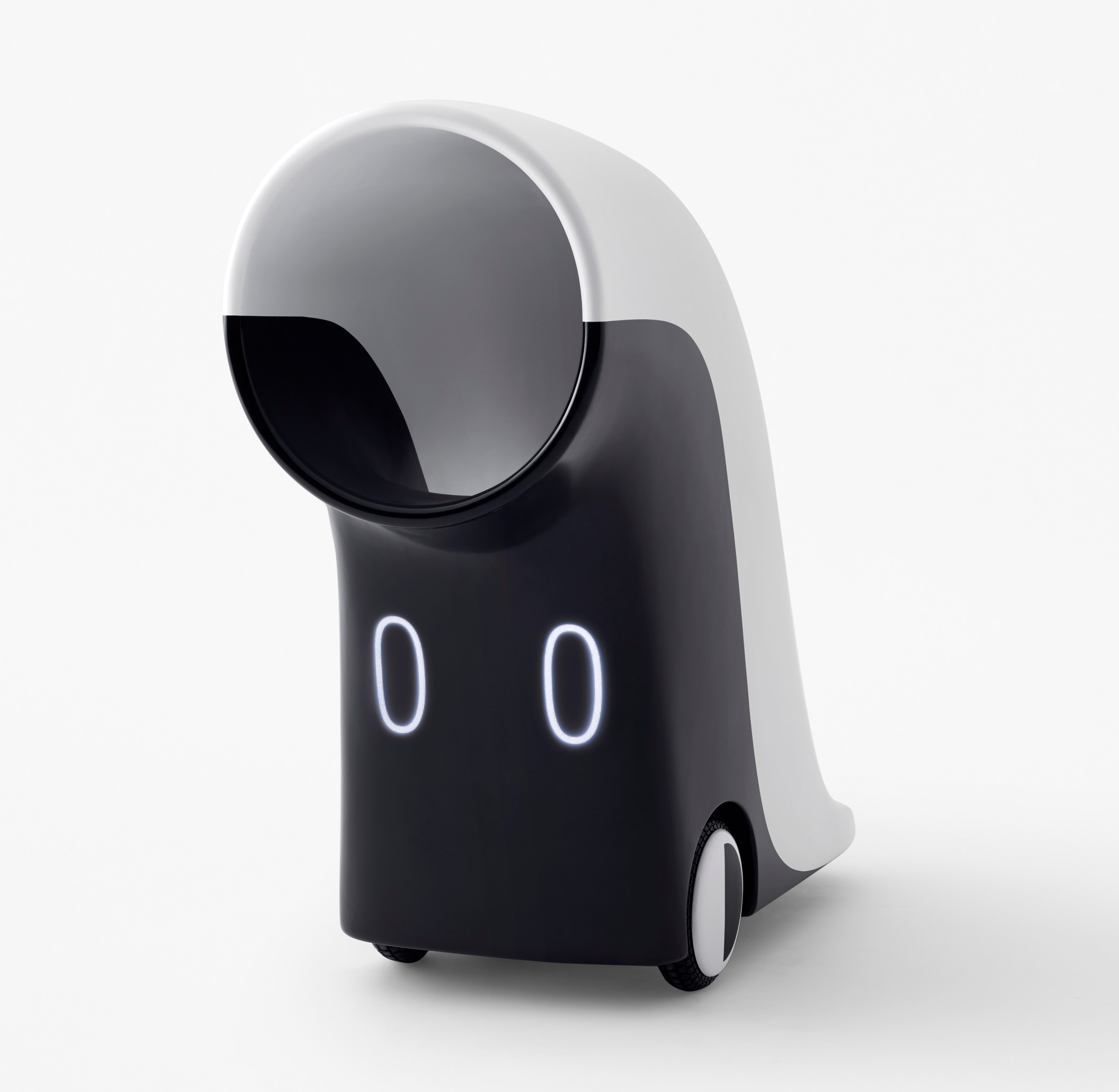
The Agaru can also be used in conjunction with the other designs, acting as a step-up to the top of the Suberu slide or the Haneru.
Alternatively, two of the Agaru vehicles can be placed facing one another and can be raised and lowered at alternate times to act as an electric see-saw.
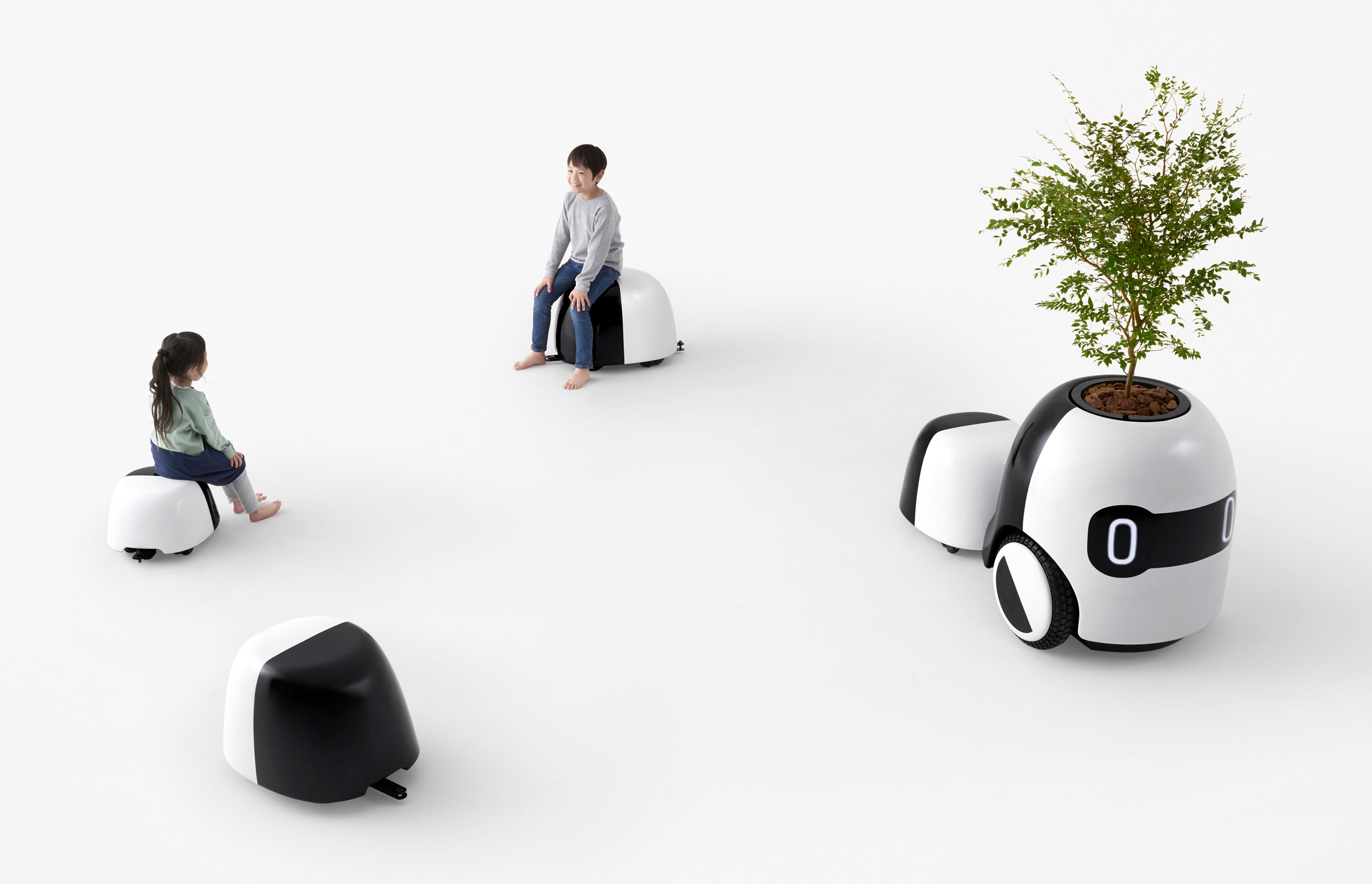
The concept is designed with an accompanying app that allows users to keep informed about where the vehicles are driving to and what time they are arriving at nearby parks.
"With cutting-edge technology, the project aimed to create a new relationship between people and cars that is more than a just means for transportation," said Nendo.
"It completely switched the old view of cars as something we should never play near, to something that plays with kids right beside them," it added.
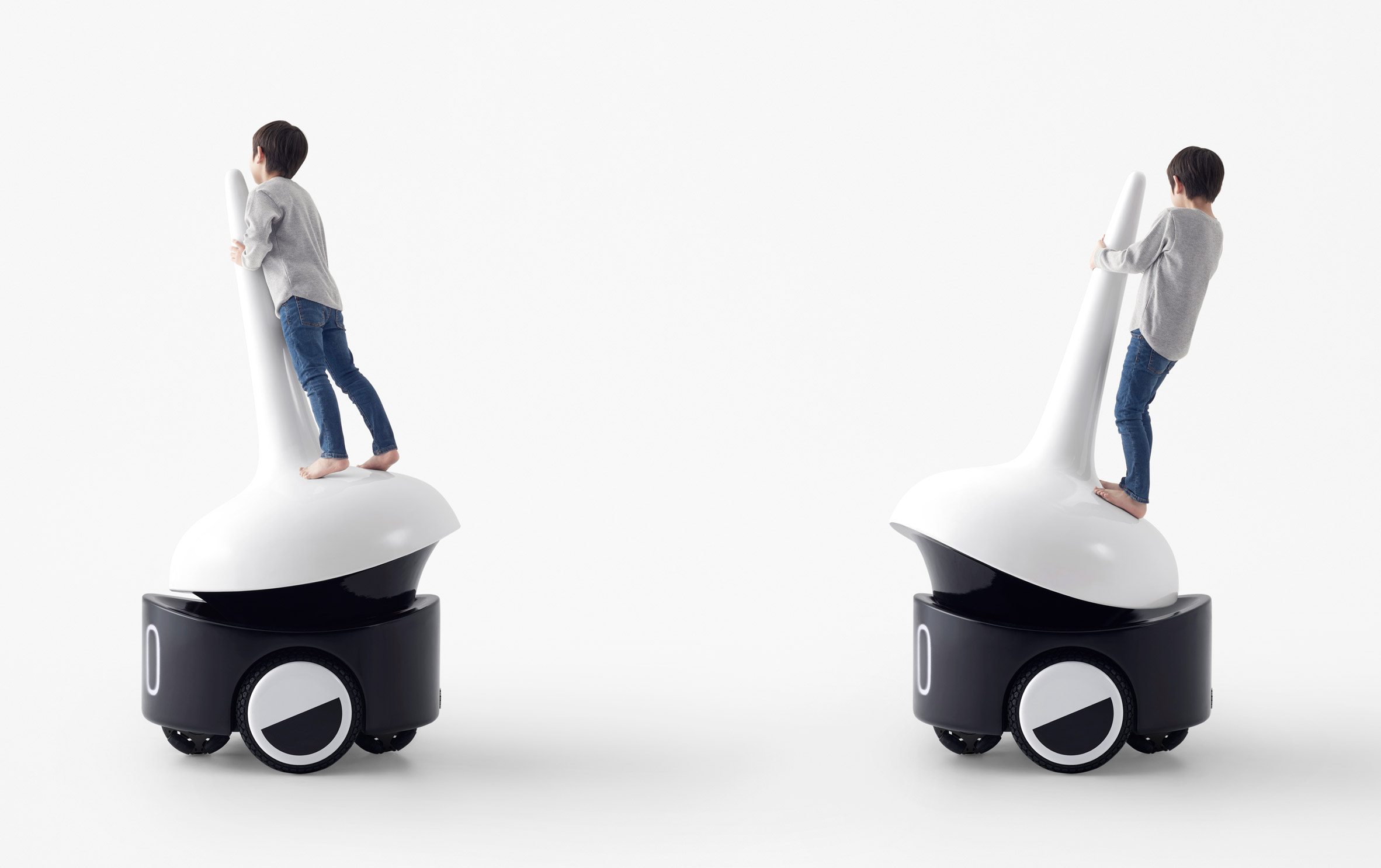
Typically known for its work with IT-related services, such as development and operation of mobile games and social media, DeNA also works on urban infrastructure development and sports management.
It was this side of its work, combined with its speciality in artificial intelligence (AI) and autonomous driving technology, that led it to collaborate with Nendo on the Coen project.
The two companies worked together with the brief of designing "a car of the near future that plays with children".
The AI technology suggests new ways to play based on similar situations it has learnt from in the past, while the driverless element of the equipment works to ensure the children's safety.
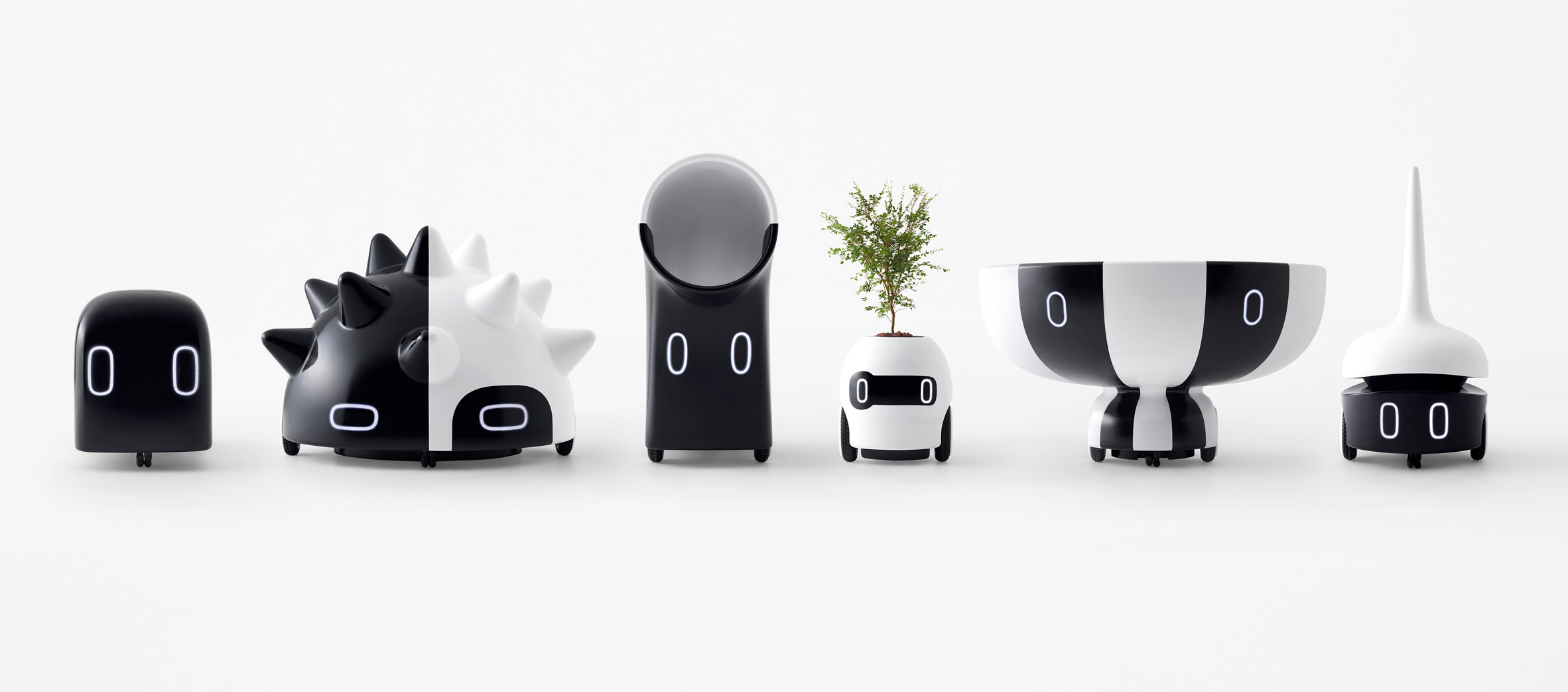
This is not the first time Nendo has steered its design towards kids. The Japanese studio previously created a children's picture book that tells the story of a cup trying to solve the problem of not having a spoon.
Titled What is a cup?, the book aims to explain how creative design ideas are born. Once the mug notices that it doesn't have a spoon to stir coffee and milk, it tries to solve the issue by changing itself into various different forms.
The post Nendo designs self-driving mobile playground equipment for children appeared first on Dezeen.
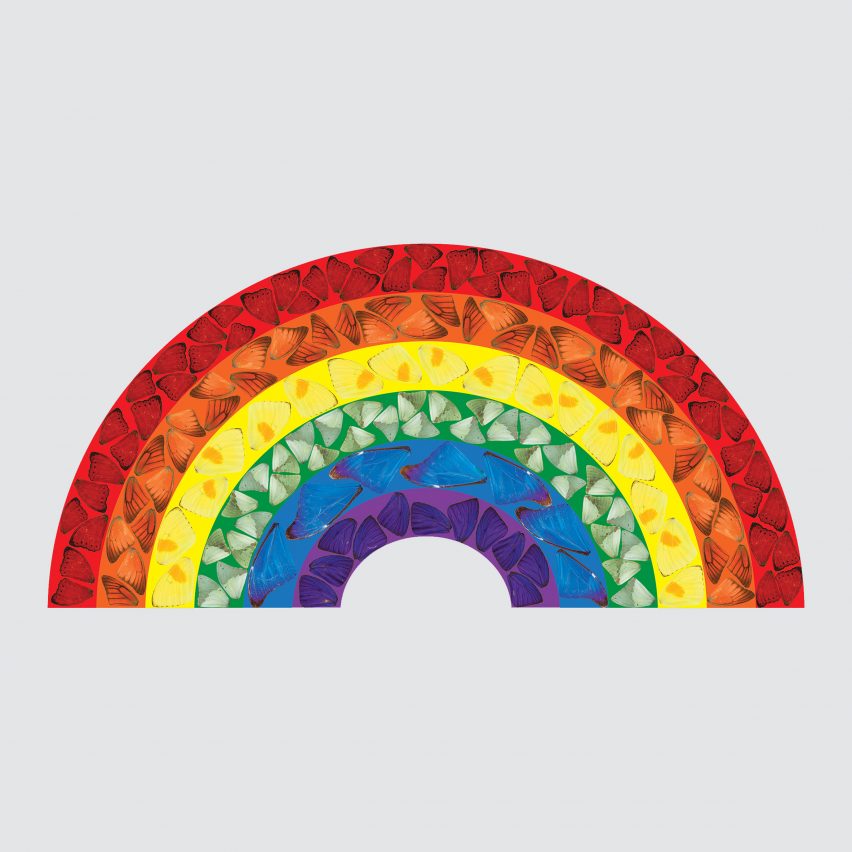
Daily coronavirus briefing: today's architecture and design coronavirus briefing includes a medical isolation hood, Milan's post-coronavirus plans and rainbow art to raise spirits.
British artists create rainbow art to support the NHS
Damien Hirst has created Butterfly Rainbow for people to download, print and display in their windows to show support for the UK's National Health Service (NHS), while Quentin Blake has made rainbow-themed cards for people to send to loved ones during lockdown (via Damien Hirst and Evening Standard).
Architects help develop patient isolation hood to protect medics
Boston architect Eric Höweler and a team from Harvard's Graduate School of Design have created a plastic dome that fits over a patient's head and shoulders to protect healthcare workers as they treat them (via Dezeen).
London Fashion Week goes digital under lockdown
June's London Fashion Week will go online, with both menswear and womenswear collections displayed in digital showrooms and designers partaking in podcasts, webinars, video interviews and diaries (via Drapers).
Milan plans post-coronavirus cycle routes to reduce pollution
When the streets of Milan reopen after lockdown the local government hopes to stop cars coming back to the city. Up to 22 miles of road will be turned into cycle routes over the summer (via Guardian).
Banksy reveals rodent-themed installation inside his own bathroom
A pack of mischievous rats cause chaos in this installation by graffiti artist Banksy who, like many, is working from home during the coronavirus lockdown (via Dezeen).
Coronavirus could lead to political and economic transformations
Designer Lonneke Gordijn of Studio Drift said the uncertainty caused by the pandemic could lead to a better society.
"How can we use [coronavirus] to transform into a new economic model or a new political model?" Gordijn asked in a video message for Virtual Design Festival. "As a creative community, are already used to unknown situations," she added (via Dezeen).
Interior designers share their lockdown routines
A group of interior designers have shared their routines during lockdown. Frank de Biasi is redesigning his laundry room, Pierre Yovanovitch is shopping online for vintage 20th-century Scandinavian pieces, and Studio KO's Karl Fournier is caring for their three-year-old and drinking wine (via Architectural Digest).
Dutch design studio invents device to catch sneezes
Raw Color, a design studio based in the Netherlands, has come up with a design hack for helping to stop the spread of coronavirus by encouraging people to wear socks on their elbows to cough into (via Dezeen).
Bompas & Parr launch DIY dining programme
Design studio Bompas & Parr are inviting people to share in their creative food challenges on social media, from making a five-course meal in the bath to dreaming up a cocktail that represents the quarantine experience (via Bompas & Parr).
Keep up with developments by following Dezeen's coverage of the coronavirus outbreak. For news of impacted events, check Dezeen Events Guide's dedicated coronavirus page.
The post Daily coronavirus architecture and design briefing: 21 April appeared first on Dezeen.